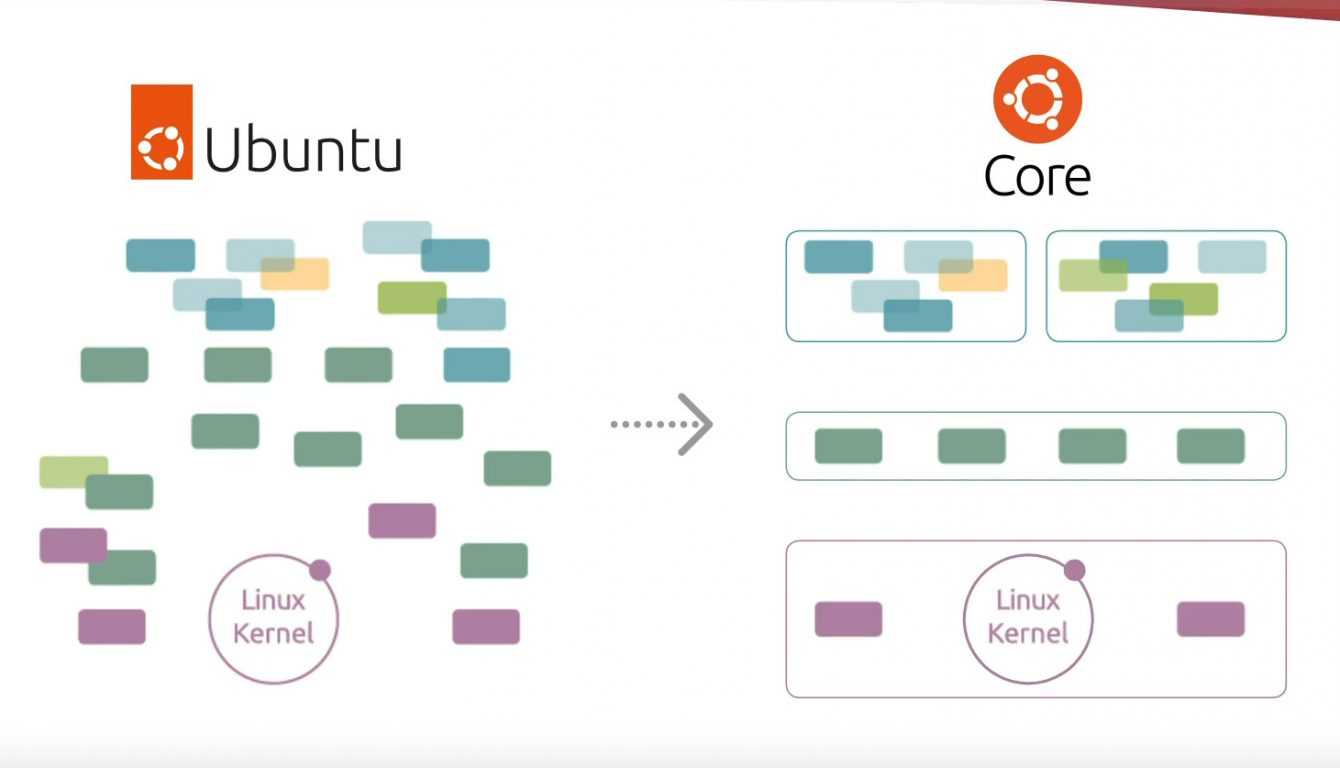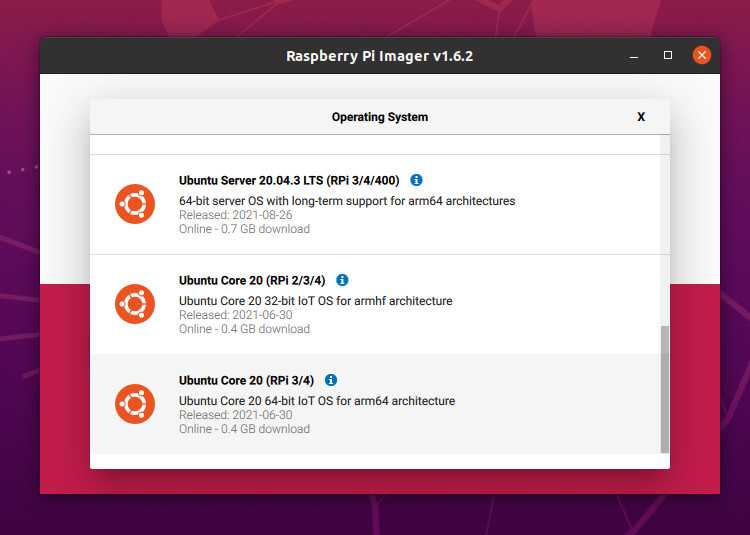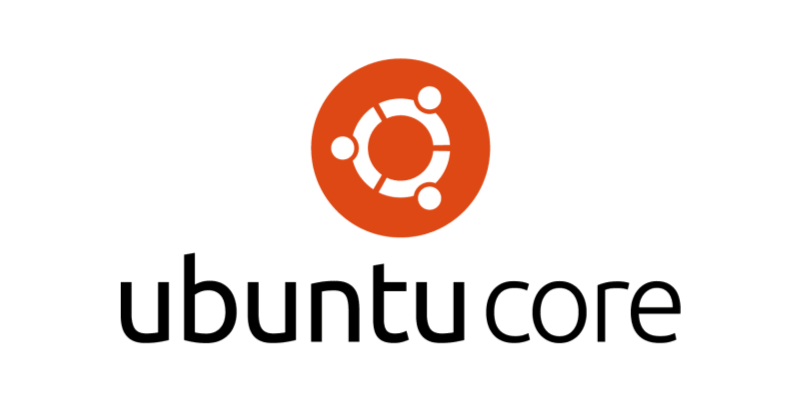New Ubuntu version released. Let’s talk about Ubuntu Core 22, its IoT and edge distribution
The distribution Canonical Linux for devices edge e Internet of Things, Ubuntu Core 22, it’s available. This is the fourth release of Ubuntu Core (here for more info) and, as you can guess from the version number, it is based on the current Ubuntu long-term support release, version 22.04.
Overview of the new Ubuntu Core 22
Ubuntu Core is quite a different product from regular Ubuntu and text-only Ubuntu Server. Core doesn’t have a conventional package manager, just Snap and the operating system itself is built from Snap packages. Snap installations and updates are transactional. This means that either they are successful or the operating system automatically restores them, leaving no trace other than an entry in a log file. In combination with the Core’s read-only root filesystem, the idea is that the operating system is always in a known and good state. In addition, it should be able to recover quickly and reliably from a power failure or failed package installation, without the risk of disk corruption. As such, the operating system can safely update itself and is configured to do so automatically as soon as you start it. Finally, only Core can be accessed via SSH; you will not be able to log into his console.

Details
Core is delivered as a ready-to-boot disk image, rather than as an ISO file. The standard setup instructions assume you will be using KVM. Also note that you will need a account Ubuntu single sign-on, formerly known as Ubuntu One, although the storage part has long since disappeared. You will also need to have the SSH keys and added your public key to your Ubuntu One account. When we configured Core 22, installed several updates and rebooted before running the initial setup wizard. With that done, we could get into it SSH and take a look. The compressed download is less than 400MB and the running VM had just over 1 GB of writable space, mounted on / writable. You can only install additional software in the form of Snap packages, but it’s simple and you don’t even need root privileges to do it. As an experiment, we installed htop e bashtop in seconds.
Configuration
Core is designed to be automatically configured via model assertions, and the new version supports remodeling. That is, it modifies an existing template, then it is sent to client devices. This should allow Core 20 machines to be upgraded to the version Core 22which was not possible with Core 16 or Core 18.
The new version 22 has a lot of new features, of course. There’s a optional kernel, beta-test, pre-releasable for better real-time performance. Validated snap sets can be manipulated as a whole and devices can also be reset to factory settings. You can set CPU usage quotas and memory and now supports full disk encryption. It supports distribution MicroK8s Kubernetes di Canonical and distribution tools Metal-as-a-Service, as you might expect. We just took a quick look, but the documentation looks pretty solid too. Ubuntu Core 22 is available in versions for x86-64 machines, included Intel NUCe hardware Raspberry Pi a 32 bit e 64 bit, inclusi 2, 3, 4, 400, Compute Model 4 e Pi Zero 2 W.

Startup Notes
Caution. Ubuntu hasn’t updated yet all its configuration instructions. Many points still refer to Core 20. You will need to change the version number appropriately. During downloads, when it comes to the part QEMUchange the file name in the command to ubuntu-core-22-amd64.img. With that done, the installation went fine, but unfortunately we couldn’t connect, not even from a terminal on the same host machine. We have had more luck with VirtualBox. All you need to do is extract the disk image, then convert the .img file to a VDI.
VBoxManage convertdd ubuntu-core-22-amd64.img ubuntu-core-22-amd64.vdi –format VDI. Create a new 64-bit Linux virtual machine, select Use an existing hard drive file and point it to the new .vdi file. Core only starts using UEFI, then click Settings | System | Motherboard screen, select Enable EFI (special operating systems only). Then go to Settings | Network and edit. Attached: a “Bridged Adapter” instead of “NAT”.
And what do you think of this new version of Ubuntu Core 22? tell us yours below in the comments and stay connected on TechGameWorld.com, for the latest news from the world of technology (and more!).
















Leave a Reply
View Comments